Orthodontics can make a huge difference in a person’s life by treating irregularities in the teeth and jaws. Not only will it help straighten your smile – which will make you look and feel great – but it also helps align your bite and your jaws for better function.
Orthodontics has come a long way from the old days of “metal mouth” and “head gear”. There are so many options available – no more suffering with huge appliances and ugly wires. White brackets can blend in with your smile, braces can be placed on the tongue-side to shield them from view, or you can dare your friends to notice the clear retainers hiding in plain sight.
Orthodontics for Children
Starting early makes it easier to diagnose and correct tooth and jaw problems, while taking advantage of your child’s growth to guide the jaw position and shape. For most children, we start thinking about orthodontics around age seven, when there is a mix of adult and baby teeth to work with. Sometimes we can correct growth or strategically extract teeth to make room for the new ones. Space maintainers and other orthodontic appliances can also help prevent the need for jaw surgery or reduce the time required to finish aligning the teeth with other orthodontic treatments later.

Orthodontics for Adults
It’s never too late to invest in your smile! But there are other reasons to consider orthodontics as an adult. Misaligned teeth and jaws leave you at a higher risk for gum disease, cavities, and broken teeth – which can ultimately lead to a lifetime of costly dental treatment.
But it doesn’t stop there. Orthodontics are also used to treat other health problems related to misaligned teeth, including:
- Grinding and clenching
- Mouth-breathing
- TMJ and facial pain
- Jaws that shift and make clicking sounds or move painfully
- Migraines and other headaches
- Chronic earaches
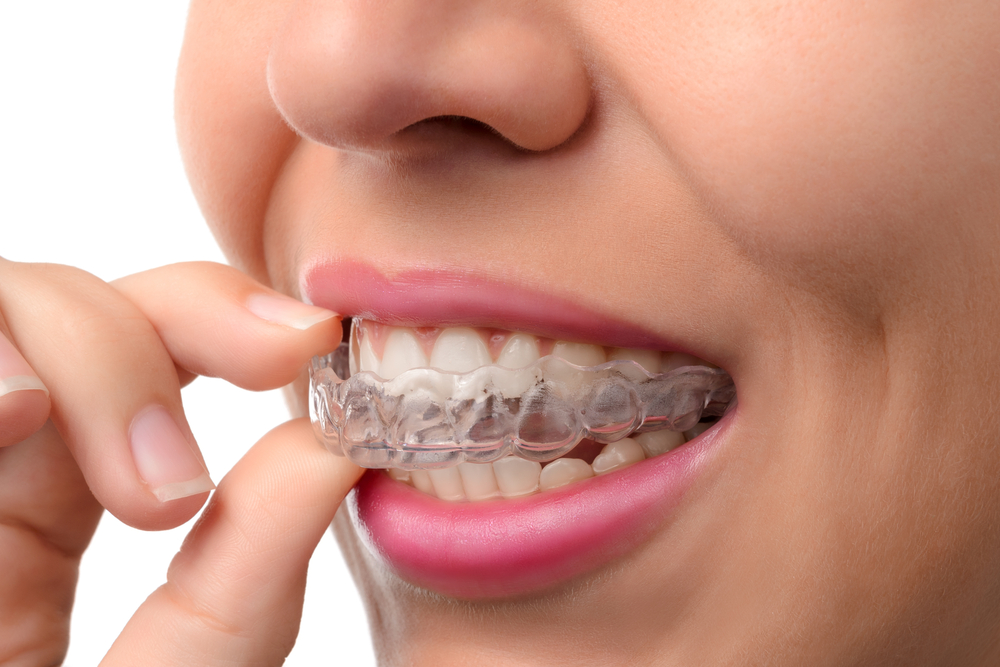
Orthodontics can also be used to correct damage already done to your teeth or jaws. Sometimes we use orthodontics to close gaps or move teeth into ideal positions that allow for placement of crowns or veneers. This can be crucial when treating people that have short, worn, or broken teeth from a lifetime of grinding or acid erosion. Orthodontics is also used to “upright” teeth that have shifted place after another tooth has been lost. This allows us to re-open the space required to replace missing teeth with dental implants or fixed bridges.
Interested in Orthodontics?
Speak with your dentist, contact my office, or schedule a consultation with an Orthodontist!
At Horizon Dental, I am proud to offer Invisalign for my adult patients – and if you have any questions, you can contact us by clicking here. I hope this post got you thinking. If you have any questions or comments I’d love to hear from you. If you like what you see, please share with your friends and follow me on Google +, Facebook, or Instagram!
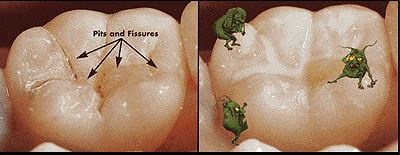
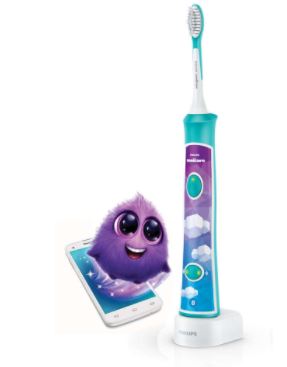
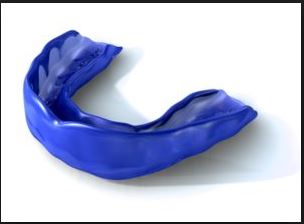


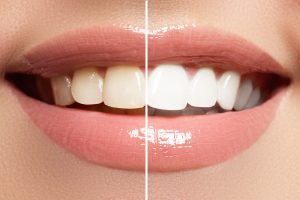
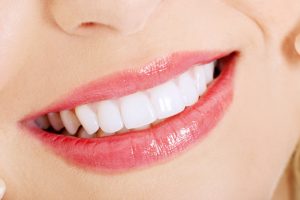
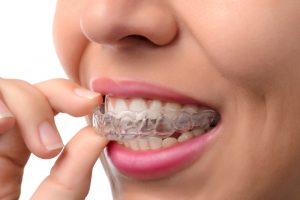 Invisalign
Invisalign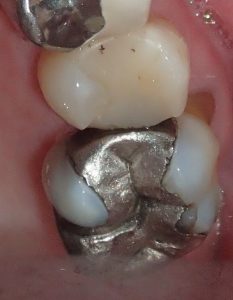

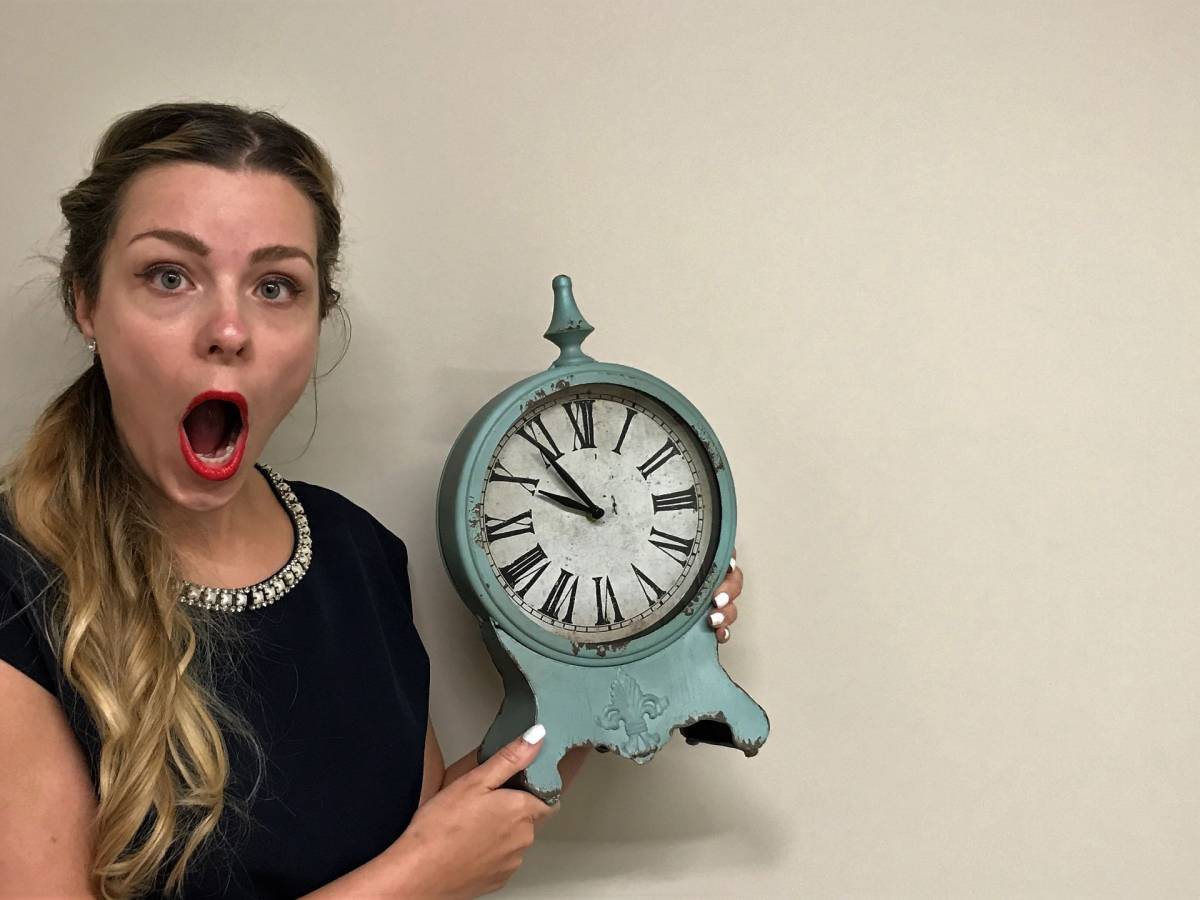
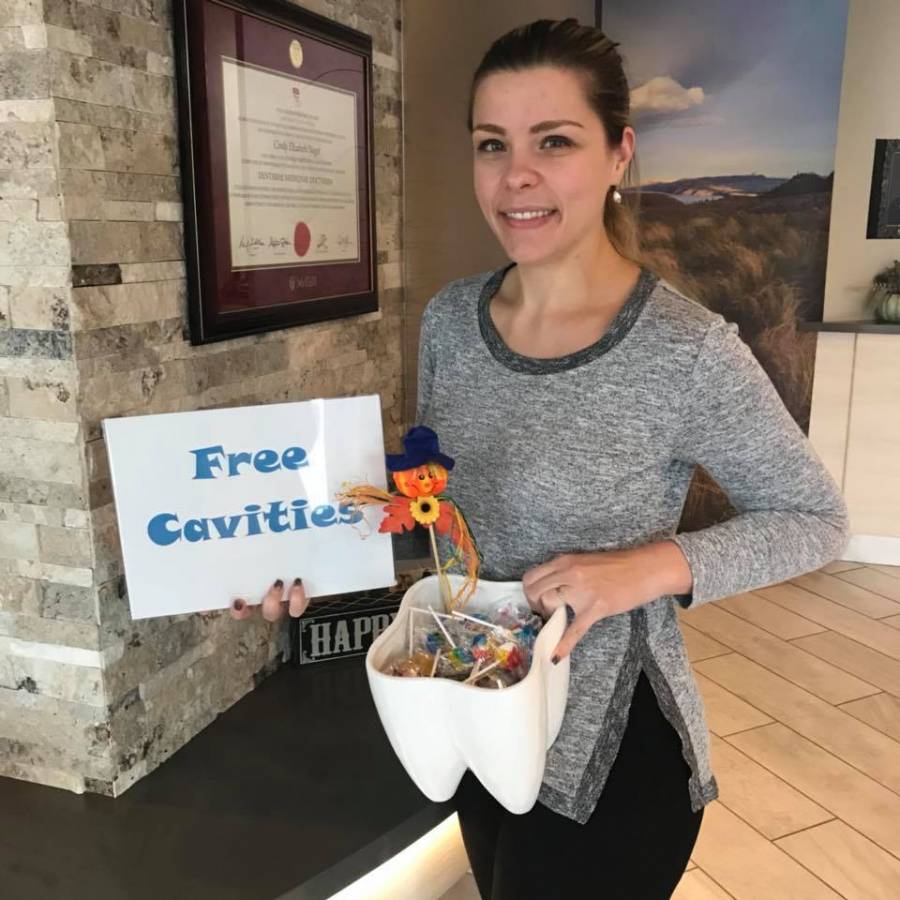
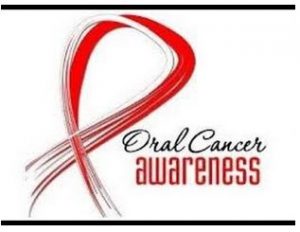 ways be grateful for the time I spent as a resident in the Foothills Hospital in Calgary in 2013. Most of my patients were recently diagnosed with head and neck cancer, and it was my job to screen them for tooth and gum disease before starting any radiation or chemotherapy. We saved a lot of lives in that hospital, but it would have made such a difference if the cancer could have been prevented in the first place.
ways be grateful for the time I spent as a resident in the Foothills Hospital in Calgary in 2013. Most of my patients were recently diagnosed with head and neck cancer, and it was my job to screen them for tooth and gum disease before starting any radiation or chemotherapy. We saved a lot of lives in that hospital, but it would have made such a difference if the cancer could have been prevented in the first place. The biggest risk factors for developing oral cancer are tobacco and heavy alcohol consumption.
The biggest risk factors for developing oral cancer are tobacco and heavy alcohol consumption.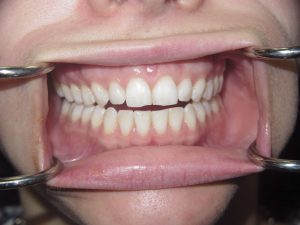 checking the lymph nodes in the neck and below the jaw, and feeling the jawbones and joints. Inside the mouth, I will use my fingers to gently pull on the lips and cheeks to see into each corner and feel around for any lumps or bumps. I also look at the palate and tonsils, feel under the tongue, and lightly pull on the tongue itself to see the sides and feel the muscles. We also take several photos of the mouth and head, which can help me compare to any future changes.
checking the lymph nodes in the neck and below the jaw, and feeling the jawbones and joints. Inside the mouth, I will use my fingers to gently pull on the lips and cheeks to see into each corner and feel around for any lumps or bumps. I also look at the palate and tonsils, feel under the tongue, and lightly pull on the tongue itself to see the sides and feel the muscles. We also take several photos of the mouth and head, which can help me compare to any future changes.